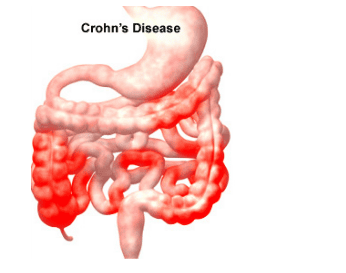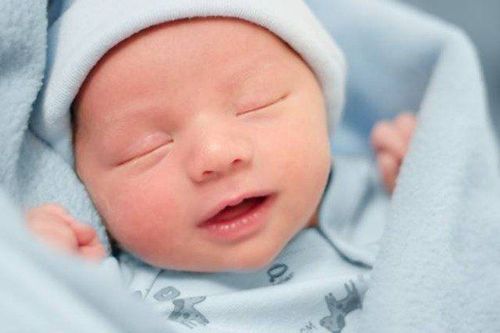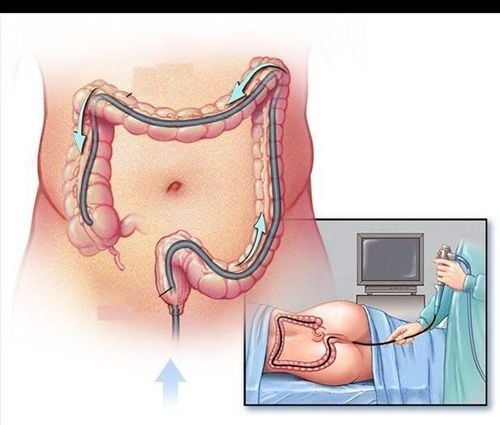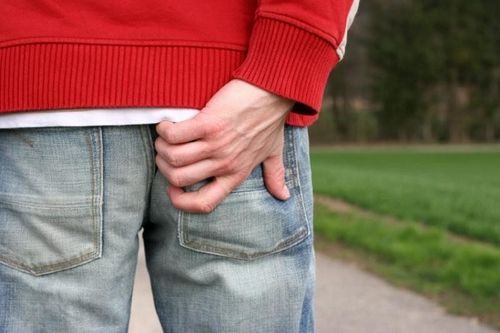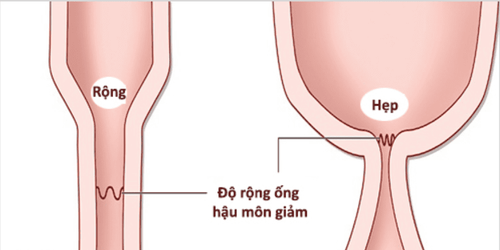This is an automatically translated article.
The article was professionally consulted by Specialist Doctor II Tran Van Trong - Specialist in Pediatric Surgery, Plastic Surgery - Aesthetics - Department of General Surgery - Vinmec Danang International Hospital.Anorectal malformations are rare birth defects with the typical symptom being that the baby is born without an anal opening. Therefore, anorectal malformations are usually diagnosed soon after birth, when the doctor examines the baby's health. The exact cause of this anal malformation is still unknown.
1. Classification of anorectal anomalies
Anorectal Malformation is a birth defect that occurs while a fetus is developing in the womb. With this defect, the anus and rectum do not develop as they should.Normally, during the digestive process, stool passes from the large intestine to the rectum, then to the anus, and finally the stool leaves the body. Muscles in the anal region help control when we have a bowel movement, and the nerves in the rectum and anus help the brain recognize bowel movements and stimulate bowel movements.
Classification of anorectal anomalies as follows:
Narrow anal canal; The anal opening is covered with a membrane; The rectum is not connected to the anus; The rectum connects to part of the urinary or reproductive tract. Anorectal malformations cause problems with bowel movements and treatment depends on the type of malformation the child has.
2. Which children are at risk of anorectal malformations?
Anorectal malformations can be detected in children with certain genetic syndromes or congenital problems such as:VACTERL syndrome this is a syndrome of multiple birth defects with problems of the spine , anus, heart, trachea, esophagus, kidneys, arms and legs Digestive system problems Urinary tract problems Spine problems Down syndrome Townes-Brocks syndrome. This syndrome is a collection of problems with the anus, kidneys, ears, and arms and legs.
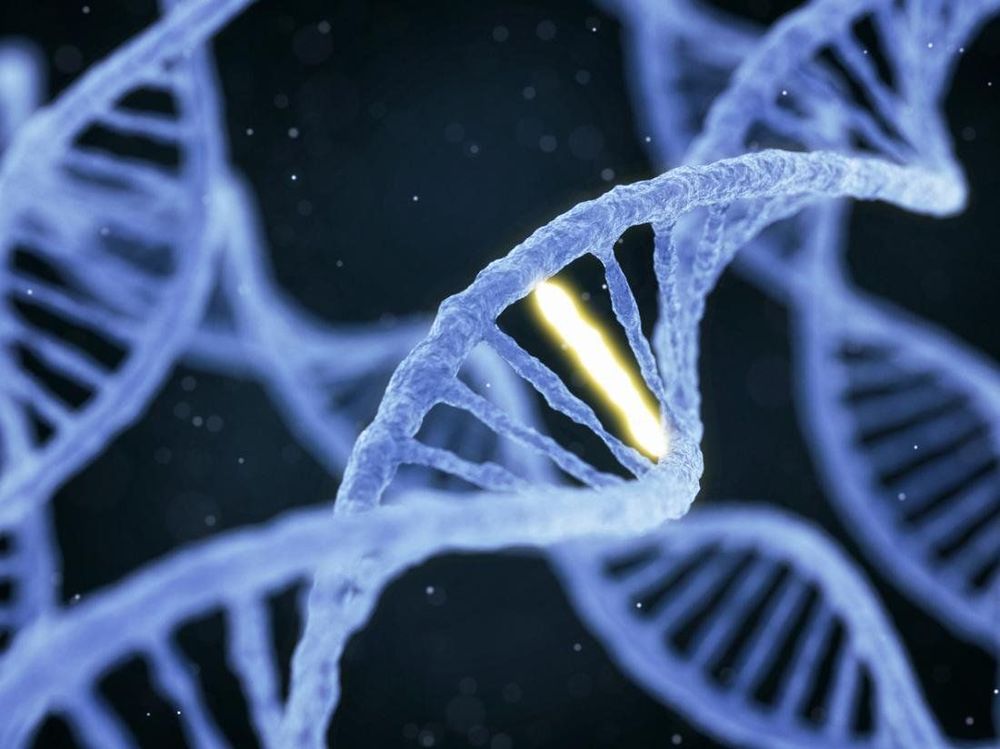
Dị tật hậu môn trực tràng có thể được phát hiện ở những trẻ mắc hội chứng di truyền.
3. Symptoms of anorectal malformations in infants
An anorectal malformation causes problems with a child's bowel movements. Most anorectal malformations are found before the infant is discharged from the hospital. If not detected soon after birth in the hospital, symptoms may include:No stools coming out of the vagina Stools in the urine Urine coming out of the anus Difficulty passing stools or constipation
4. Diagnosis of anorectal anomalies
The diagnosis of anorectal malformations is usually after birth, the doctor will do a physical examination of the baby to find out if the baby has an anus or not. However, the doctor also needs additional diagnostic techniques to determine the type of malformation and other abnormalities associated with it:Abdominal X-ray, with or without contrast Abdominal ultrasound CT scan belly
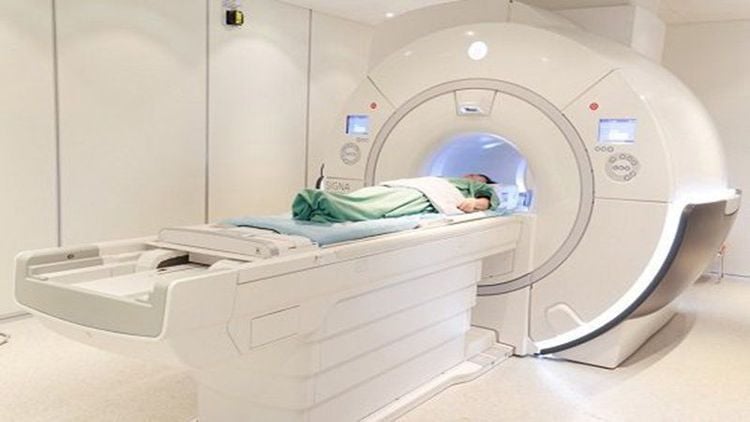
Chụp MRI giúp phát hiện và chẩn đoán bệnh dị tật hậu môn trực tràng
5. Treatment
Treatment will depend on the symptoms, severity, abnormalities or comorbidities, and the child's age and overall health. Most children with an anorectal malformation will need surgery to correct the deformity. The type and number of surgeries for each child will be different, it depends on the type of deformity the child has.Parents can start toilet training children at the same age as normal children, from 2 to 3 years old. But for children with anorectal malformations who have had surgery, it may be slower than children because the child may not have good control of bowel movements. Or your child may have chronic constipation. These problems depend on the type of deformity and the type of surgery. Therefore, to help children, parents need to be consulted and guided by doctors.
Dr. Trong has over 10 years of experience in Pediatric Surgery and Plastic Surgery - Aesthetic, and soon became one of the leading doctors in the field of Children's Surgery, especially Laparoscopic Surgery. and Plastic Surgery - Aesthetic.
To register for examination and treatment at Vinmec International General Hospital, you can contact Vinmec Health System nationwide, or register online HERE.
References: Stanfordchildrens.org
MORE:
Diagnosed with Down syndrome at 8 months of pregnancy? Constipation in children: How to help children get rid of the fear of "going to the toilet"? 3 landmarks of fetal malformation ultrasound pregnant women need to remember






